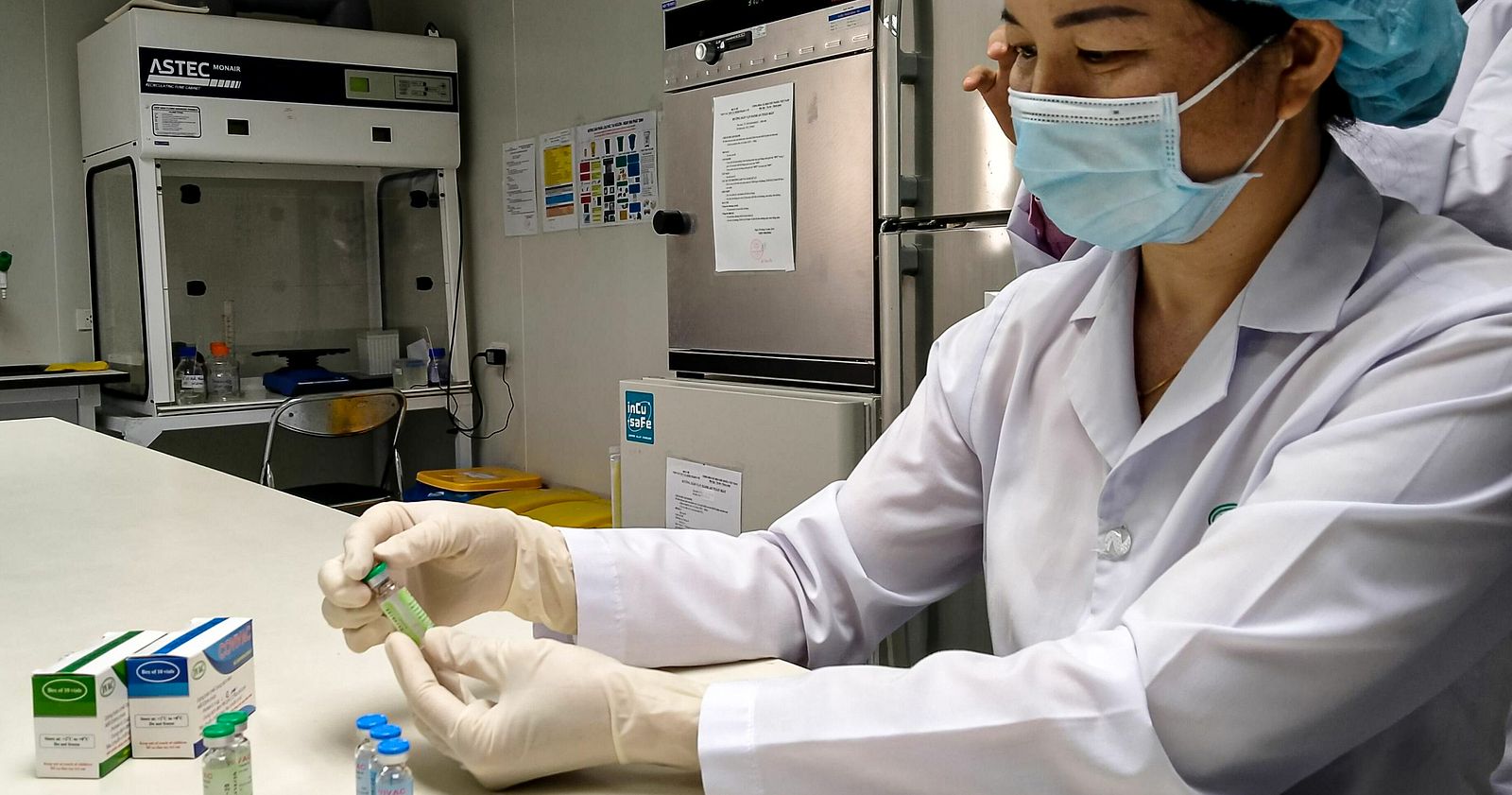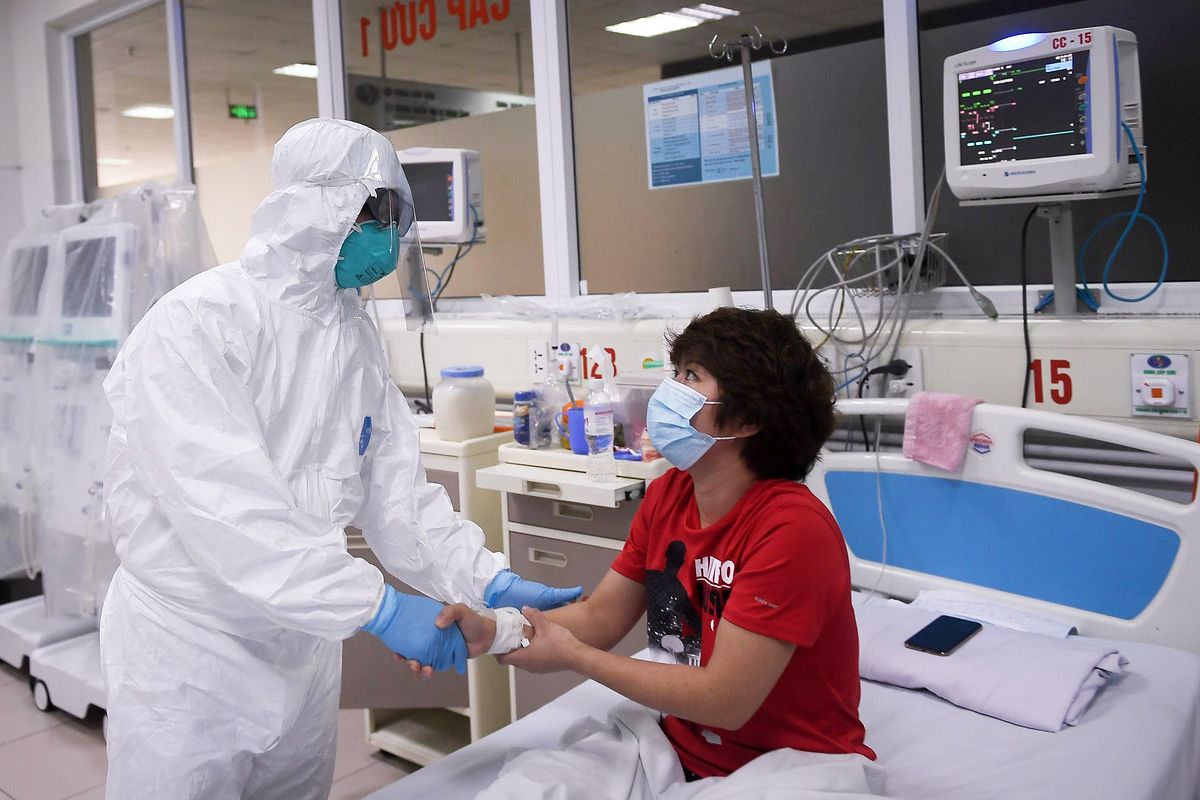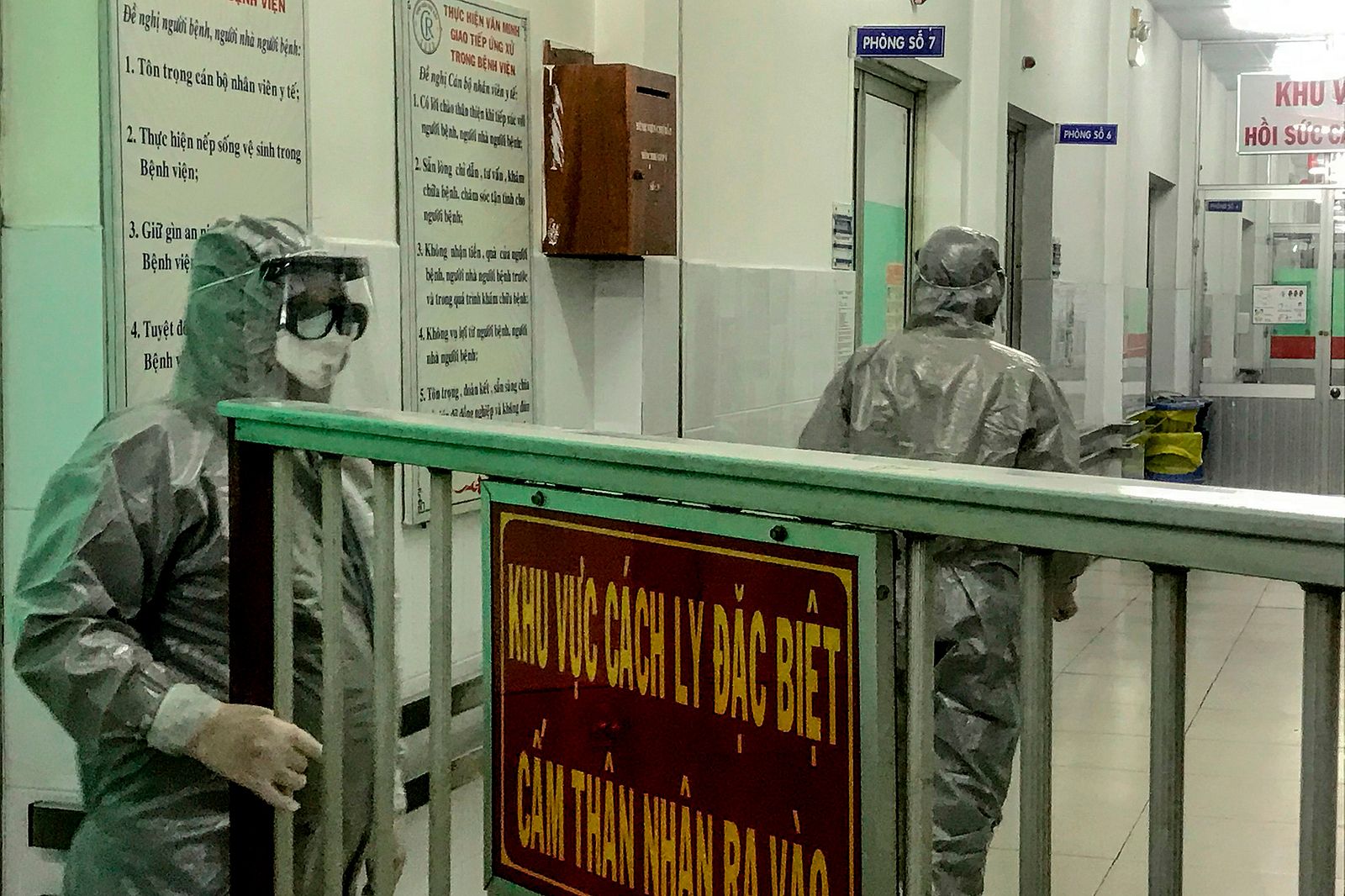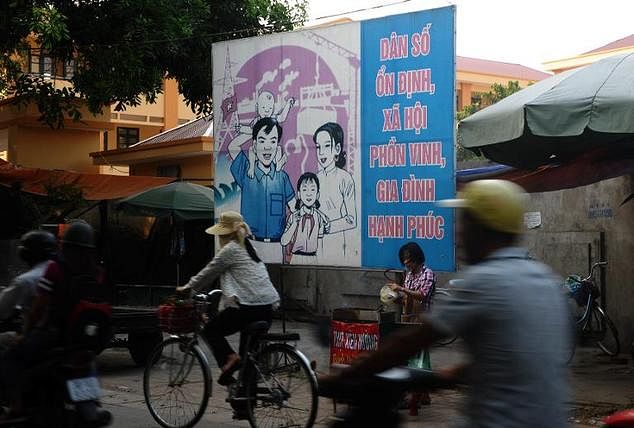Professor Thai Hong Quang, Chairman of the Vietnam Association of Diabetes and Endocrinology (VADE), recently reported that diabetes is affecting roughly 5 million Vietnamese people.
That is 5.4% of the population, up from 3.3% three years ago. Percentage-wise, Vietnam has both the highest and fastest-growing rate of diabetes in Southeast Asia.
According to VietnamNet, the report was released at a recent training program set to run through 2018. The American Diabetes Association (ADA), VADE and Sanofi, a French pharmaceutical company, have teamed up to administer the training with hopes of educating medical personnel and improving the quality of patients’ lives.
Diabetes is a disease of the pancreas, wherein the organ cannot produce either any insulin at all (type 1) or not enough insulin (type 2) – a hormone that regulates blood sugar. According to the World Health Organization (WHO), early detection and appropriate treatment are very important for the prevention and control of the disease. If left untreated, it can cause heart attacks, strokes, kidney failure, blindness and nerve damage so severe it can lead to amputation.
As of 2016, WHO reported: “In Vietnam, the prevalence of diabetes is growing at alarming rates and has almost doubled within the past 10 years. Currently, it’s estimated that one in every 20 Vietnamese adults has diabetes. In addition, the number of people with a pre-diabetic condition is three times higher than those with diabetes.”
Vietnam’s situation is part of the larger tapestry of the disease across Asia. According to Asian Diabetes Prevention (ADP), 60% of the world’s diabetics are Asian. ADP lists the prevalence of white rice, low-quality cooking oils and smoking as contributing factors, in addition to sedentary lifestyles and environmental pollutants.
As Vietnam’s economy booms, more and more chains like KFC and McDonald’s have entered the country. Jobs, too, are shifting from rigorous farm labor to more immobile factory or office jobs.
Sharon Friel, a professor at the Australian National University, told Asian Scientist: “It is a health disaster waiting to happen. Companies are focusing their efforts in Asia because of the large market opportunities.”
Dr. Thy Khue, a diabetes research pioneer, told The New York Times that the disease historically only occurred in wealthy populations. “It’s not the disease of the very rich anymore,” she said. “Now poor and rich — everyone — can get diabetes.”
A number of patients are experiencing what the Times called the “migratory effect,” where people spent their childhoods in rural areas and moved to urban settings as adults. The lack of fresh air and physical activity might cause the pancreas to malfunction, even if the person is a healthy weight.
Sadly, one of the biggest complicating factors of diabetes is a lack of education. At the end of last year, BioMed Central – an open access journal of public health – conducted research in central Vietnam, where the rates of diabetes are slightly higher than the rest of the country.
The research concluded that more than two-thirds of the participants had never even heard of diabetes, and fewer than half were aware of or reported their history with the disease or its symptoms.
WHO research has also shown that remote areas are hit the hardest, since education is the poorest and access to quality meditation is the most restricted.
[Photo via The New York Times]














